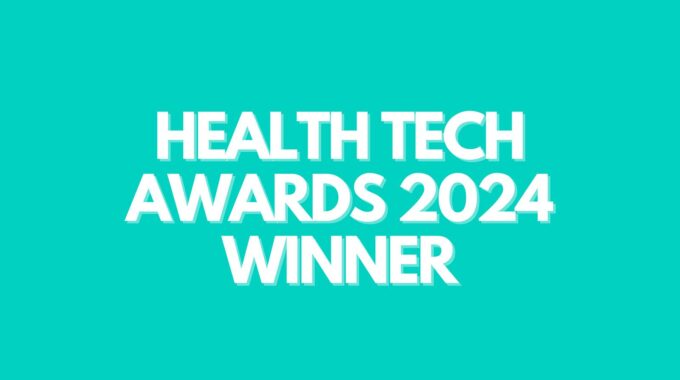A wave of NHS trusts is set to transform care at scale, fueled by Nervecentre’s…
Jim Trueman, Business Development Manager, Improving patient flow in hospitals using technology
Jim Trueman, Business Development Director at Nervecentre Software understands the challenges hospitals face to improve patient flow. Here is his overview on how the use of mobile technology can significantly increase patient flow in hospitals.
The increasing pressures on global health systems are well documented: changing demographics, increasing numbers of elderly patients and patients with co-morbidities and increasing expectations of the healthcare system all bring higher demand. With additional capacity difficult to deliver in a resource-constrained environment, acute hospitals have focused on patient flow as the means to meet increasing demand. That focus on efficient patient flow is sharpened by reports of breached waiting times at Accident and Emergency, postponed elective admissions, and delays accessing appropriate care as an in-patient within the hospital.
Supporting the need to improve patient flow to improve patient throughput, is an increased recognition of the tight linkage between flow, patient outcomes and efficiency. Ensuring that patients receive the right care at the right time is as important as the care itself. Similarly, the “economies of flow” are gaining credence over economies of scale.
Although the symptoms of sub-optimal patient flow are often measured in the length of waiting times in the Emergency Department, patient flow is a problem of communication, collaboration and workflow across the whole hospital.
- Clinical decision making, and the delivery of the right patient care at the right time, relies upon an appropriate clinician being identified wherever they are in the hospital, that clinician taking accountability for that element of the patient’s care, and receiving all relevant information about the patient
- Improving the timelines and reliability of core, repeated processes such as ordering, reviewing and acting on test results requires efficient workflow, smooth transfer of information, and the strong collaboration to minimise delays
- Operational decision making requires the patient flow team to have a real-time knowledge of capacity and pressure points across the whole hospital, bed inventory, patient status, and planned and current status of discharge activities
Patient Flow Management systems can assist in this process, by:
- Making real-time information on patients, clinicians responsible for that patient’s care and bed inventory accessible securely across the hospital
- managing key tasks and activities to ensure accountability, prioritisation and to minimise delays
- Providing visibility of patients suitable for discharge from acute care, highlighting actions required to complete discharge- including patients requiring on-going care from social services, nursing homes or other third parties
- collecting comprehensive data sets on patients, clinicians and activities to enable measurement and analysis of patient flow, and to enable the appropriate focussing of process improvement measures
Nervecentre’s vision is to provide a set of mobile applications to help nurses, doctors and hospital managers to provide safe, accountable and efficient care in an acute hospital environment.
We believe that efficient patient flow requires a more effective approach to communication and collaboration in the hospital than verbal contact, paper based notes and the outdated pager system. Furthermore, the widespread use of mobile clinical applications is key to the delivery of efficient patient flow. Mobility removes the barriers to real-time entry of patient flow information that desktop computers and electronic whiteboards present: only through the use of a mobile device can clinicians update key patient information at the bed-side; only through widespread adoption of mobile, clinical applications do clinicians routinely share real-time patient flow information; and only through the adoption of mobile devices can task management systems deliver timely responses to escalations, alerts and routine tasks.




This Post Has 0 Comments